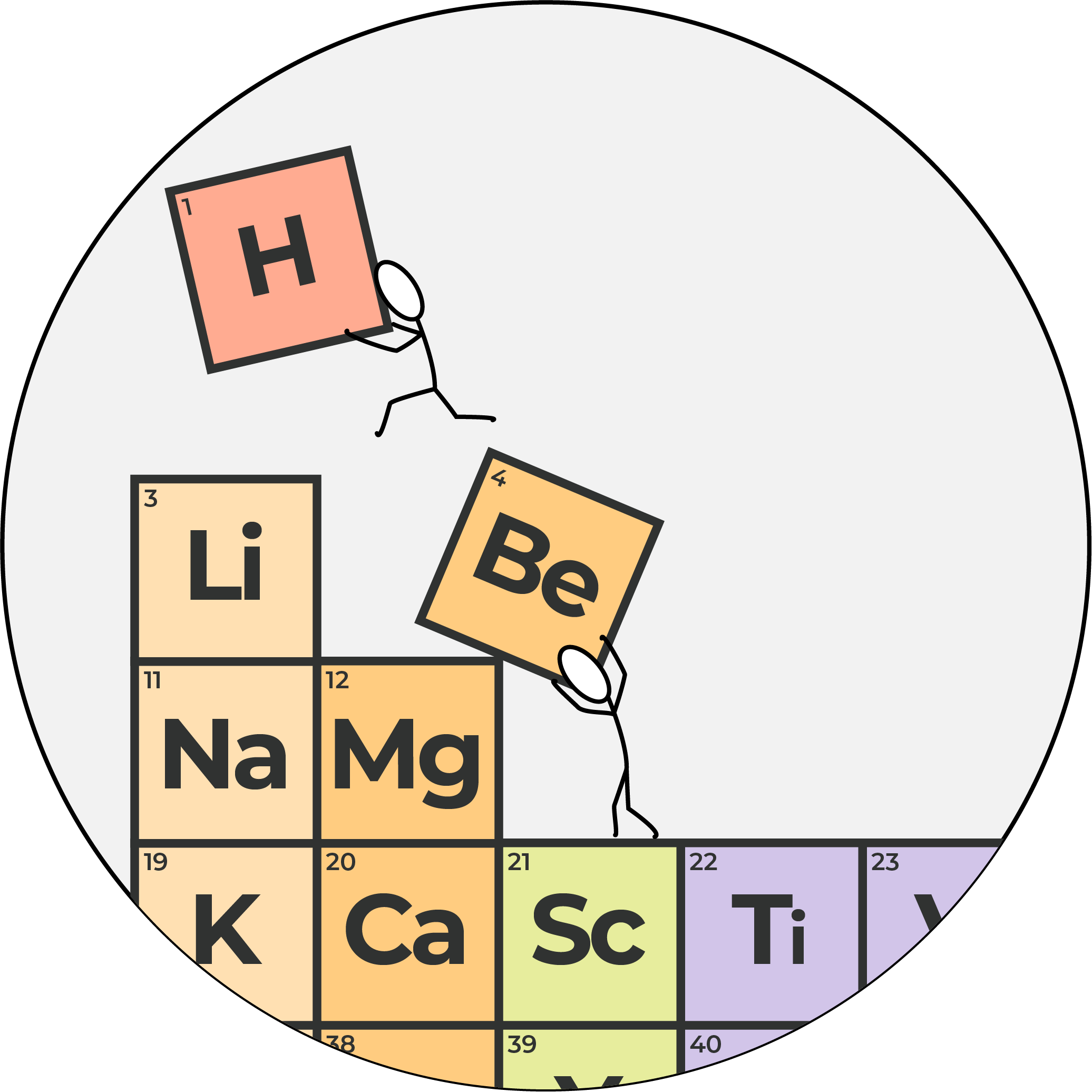Registration for our Winter Camp is now open!
Join us as we select the best hands-on activities and experiments from our Modules, and then make the most of the free time children finally have to take it all to the next level!
The camp is suitable for children aged 5 to 12, with both morning and afternoon sessions available.
Book here before the 1st of December using the code WC10 to get an additional 10% off the week!
SCIENCE BEHIND THE WAND
While a simple “Sonorus” is enough to ensure you’re heard over even the most exciting game of Quidditch, we Muggles have to resort to microphones, speakers, and electrical amplification. But there are far more low-tech ways to make our voices heard. Using slinkies, we will visualise sound waves to better understand what amplification means, before we add a megaphone of sorts to it and amplify its rattle to a symphony of sci-fi sound effects. Then, using the power of resonance, we will get rice to dance and glasses to sing before we turn a simple PVC pipe into a flute whose tune could fill a concert hall with nothing but the air escaping our lungs.
MYTH BUSTERS
In the wild, the difference between life and death could be a simple fire. It should come as no surprise, then, that people have come up with many resourceful ways to start a fire. Rubbing sticks. Bag of water. Polished ice. A battery and a stick of gum. So this week, we will try to turn up the heat as we explore the science behind these possible myths and then test them. Bow drills will be employed to see if wood alone has enough friction to start a fire. The refractive power of water and glass will be focused to magnify objects and burn balloons. And batteries will be short-circuited to ignite foil-covered wrappers and steel wool.
PERIODIC PIONEERS
Get ready to rock, because it’s all heavy metal from here on out. Since the metallic elements account for about 80% of the Periodic Table, it’d be good to know what makes a metal so “metal”. Is it the colour? The strength? The hardness? Its malleability? Its ductility? Or maybe it’s another property altogether? We will scour the lab for its metals and put them to the test. A barrage of tests, actually. Which of them conducts electricity? Which of them is magnetic? Only the best will help us build simple circuits and turn slime magnetic.





